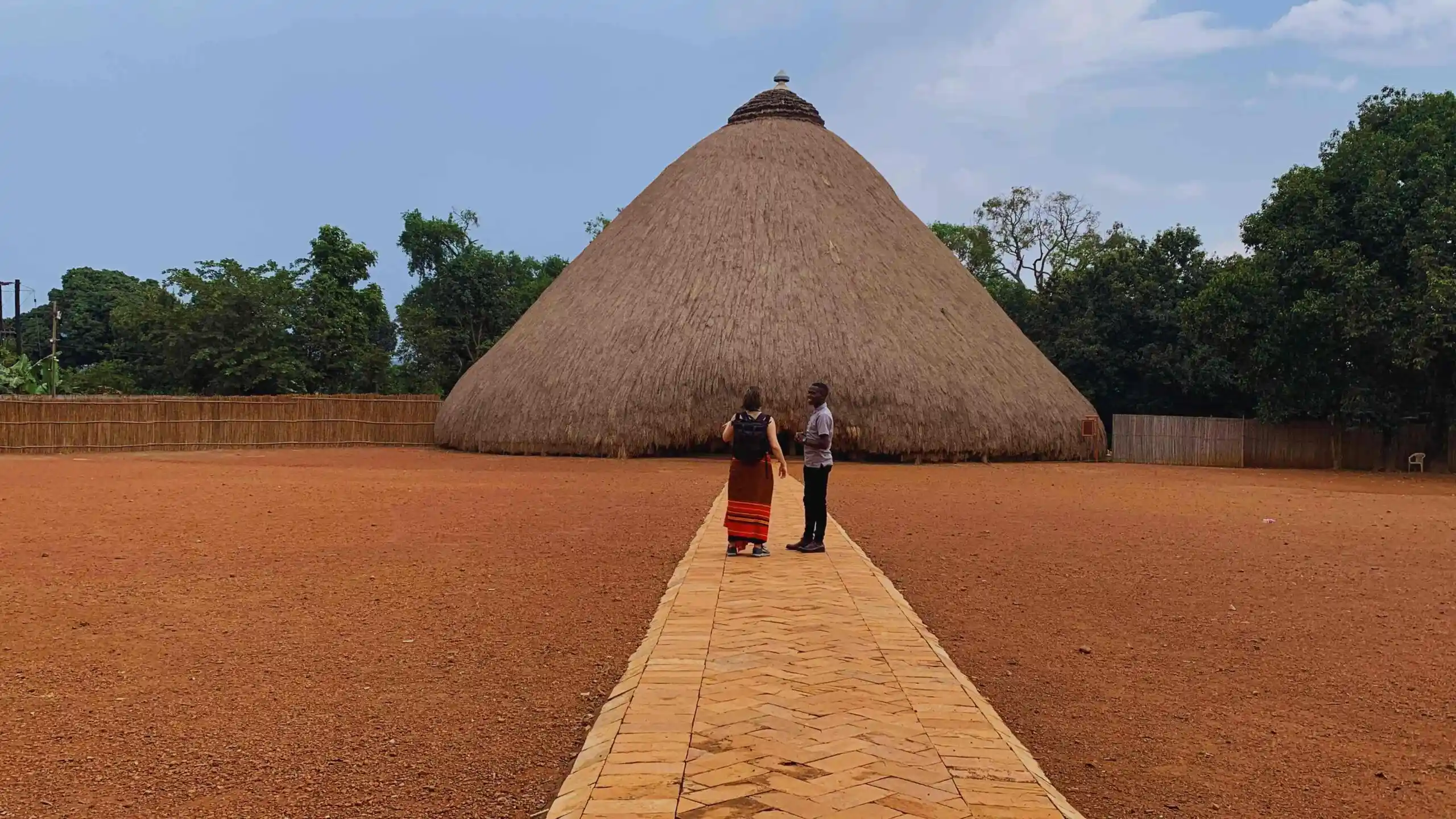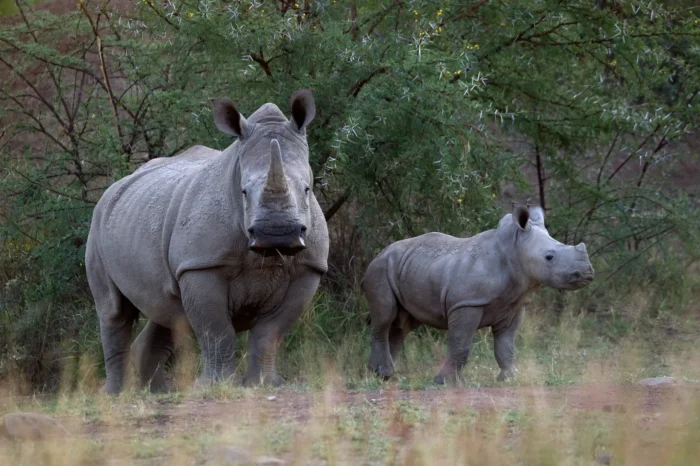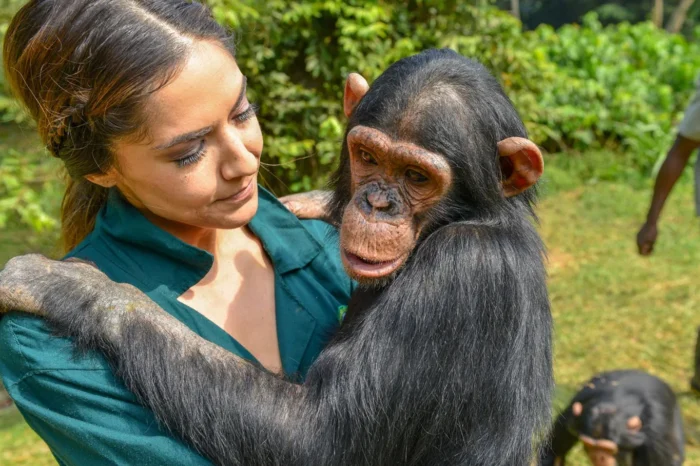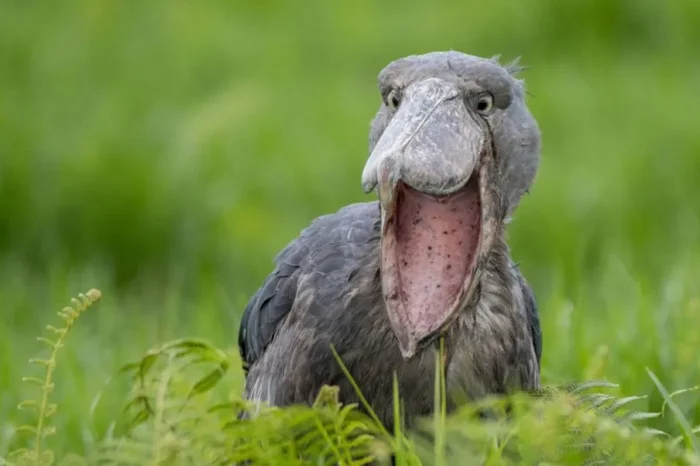At Choose Uganda Safaris, we know that travellers visiting Africa are always looking for experiences that feel real, rare, and unforgettable. Mountains, wildlife and beaches may excite the body, but culture excites the soul. It is through culture that you come to know a people — how they think, how they live, and how they remember their past. Uganda is one of the best countries in Africa for this kind of experience.
With over 50 tribes and several still-active traditional kingdoms, Uganda is a colourful patchwork of languages, foods, dances, customs, and beliefs. Each community adds its own unique thread to Uganda’s national identity. But perhaps the most famous of them all is the Kingdom of Buganda, found in the central region of the country, with its capital in Kampala.
One of the most important cultural sites in Uganda — and indeed in Africa — is found here: the Kasubi Tombs, the royal burial grounds of Buganda’s kings. Locally known as a Amasiro, the site is not only about death but also about life, continuity, and spirituality.
Visiting Kasubi is like stepping into a world where the past and the present live side by side. It is a must-visit stop for travellers on a Uganda cultural safari or a Kampala city tour before heading to wildlife safaris or adventure tours in the country.

The Kingdom of Buganda
Before exploring Kasubi Tombs itself, it helps to understand Buganda. Buganda is the largest and most influential kingdom in Uganda. It has a reigning king, known as the Kabaka, and its own political structure.
The Kabaka is not just a cultural symbol — he is also a unifying leader for millions of Baganda people. Each Kabaka is supported by a Katikiro (prime minister), who leads the Lukiiko, the traditional parliament. These structures are centuries old and still respected today.
The Baganda are divided into 56 clans. Each clan has a totem — usually an animal or plant — that carries deep spiritual meaning. A clan member must never harm, eat, or destroy their totem. It is a way of teaching respect for nature, family, and identity. This cultural richness sets the stage for Kasubi, which is much more than a collection of huts. It is a living museum of Buganda’s traditions, beliefs, and royal legacy.
Kasubi Tombs as a World Heritage Site
The Kasubi Tombs are recognised as a World Heritage Site by UNESCO.
In Uganda, there are only three UNESCO World Heritage Sites — the snow-capped Rwenzori Mountains, the Bwindi Impenetrable National Park (famous for gorilla trekking), and the Kasubi Tombs in Kampala. Together, these three places showcase the diversity of Uganda’s heritage, from breathtaking landscapes and wildlife to deep cultural traditions.
UNESCO describes the Kasubi Tombs as “an exceptional representation of African culture” because of their values of spirituality, continuity, and identity. What makes Kasubi special is that it is not a frozen monument or a museum locked in the past. It is a living cultural site where rituals are still performed, spirits are still honoured, and communication between the living and the dead continues. This is why Kasubi feels so alive.
As you walk through the grounds, you are not only looking at history — you are stepping into a place that is still central to the life of the Baganda people. It is this blend of the sacred, the spiritual, and the everyday that makes Kasubi one of the most powerful cultural experiences in Uganda.

First Impressions
When you first arrive at the Kasubi Royal Tombs, the place may look modest. A few houses stand quietly on the hill — some with grass-thatched roofs, others covered with iron sheets.
At the centre rises the most striking structure: a huge, dome-shaped hut. This is the main tomb, the heart of the site. To a quick visitor, it may seem simple. But if you pause and open your mind, you will feel that this is not an ordinary place. Built in 1882, it was once the palace of Kabaka Muteesa I, one of Buganda’s most powerful kings.
Even today, people believe the spirits of the kings are still here, watching over their people. The feeling is strong.
The air is cool and still, yet comforting. The walls made of reeds, the smell of grass and earth, and the soft sound of footsteps on the ground — everything pulls you into another world. At Kasubi, history is alive. You do not just see it, you feel it all around you.
The Journey Inside Kasubi Tombs
To reach the middle courtyard, visitors must pass through a hut called Bujjabukula. The entrance is very low, forcing you to bend as you step in. This is not an accident — it is a deliberate act of showing respect.
Inside Bujjabukula, look up. The ceiling is a masterpiece of traditional weaving: 56 rings representing Buganda’s clans, and four black rings at the centre symbolising the Kabaka, his children, the clan leaders, and all Baganda people. The design has no beginning and no end, a powerful reminder of the continuity of life and leadership.
Once you enter the inner courtyard, the traditions become even more vivid. In the past, men considered “unclean” had to spend days in purification huts before being allowed further inside. Women, on the other hand, held — and still hold — central roles. In Buganda’s royal history, sisters of the king sometimes ruled in his absence.
At Kasubi today, the wives of Kabaka Muteesa I still live in smaller huts around the main tomb. Their roles are inherited, generation after generation. Some serve as mediums, believed to channel the voices and messages of past kings.
The main hut called Muzibu Azaala Mpanga is the heart of Kasubi. Here lie four kings: Muteesa I, Mwanga II, Daudi Chwa II, and Muteesa II. This makes Kasubi the only tomb in the world with four monarchs buried together in one place.
A fire in 2010 tragically destroyed much of the site, including priceless historical artefacts. Yet, with support from UNESCO and the kingdom itself, the tombs have been carefully reconstructed.
Today, they stand both as a tribute to resilience and as a reminder of the importance of cultural preservation.
Mysteries and Legends At Kasubi Tombs
Kasubi is full of mysteries. In one hut are the symbolic twins of the kings. According to belief, every Kabaka is born with an ethereal twin who guides and warns him. Through rituals, these twins take physical form and are represented here.
When the fire of 2010 consumed much of the site, the twins’ hut remained untouched, a mystery that many say proves their sacred power.
There are also stories of elders who seem to defy age. Some wives of past kings, well into their 90s or 100s, still walk, talk, and dance with surprising energy. Visitors often leave wondering if Kasubi hides its own secret fountain of youth.

Beyond the Tombs
Stepping back outside, you notice the contrast between tradition and modernity. A tarmac road now cuts through what used to be palace grounds. On its edges, vendors sell mwenge muganda, a local alcoholic brew made from fermented banana juice.
It is sweet but strong, served in plastic bottles — though traditionally it is drunk from endeku, gourds, using reed straws.
Nearby lies the resting place of Muteesa I’s Katikiro. To enter, visitors must remove their shoes. The interior is divided by bark cloth, which marks the line between our world and the spiritual forest, called Mukibila. No visitor may cross that divide.
Living Heritage
Kasubi is not just a royal cemetery. It is a living institution where the past and present continue to meet. It is a reminder that culture is not frozen in time but constantly evolving. Some traditions remain unchanged, while others adapt to modern realities.
For travellers, Kasubi offers something rare. You do not just see history — you feel it. You sense the weight of kingship, the respect for ancestors, the rhythm of rituals, and the enduring power of belief.
The Kasubi Tombs are more than Uganda’s royal burial ground. They are a sacred place where legacy, ritual, and modernity collide. They are where the Baganda honour their kings, protect their identity, and keep alive a spiritual bond that has endured for centuries.
For anyone who wishes to experience the true soul of Uganda, Kasubi Tombs is not just an attraction — it is an encounter with living history.
Visitor Information: Kasubi Tombs
- Location: Kasubi Hill, about 5 km from Kampala city centre
- Opening hours: Daily, 8:00 AM – 6:00 PM
- Dress code: Modest dress recommended (this is a sacred site)
- Photography: Allowed in outer courtyards, but restricted in sacred areas
Kasubi Tombs Entry fee
- Ugandan Pupils: UGX 3,000
- Ugandan Students: UGX 5,000
- Ugandan Adults: UGX 10,000
- East African Adults: UGX 20,000
- East African Children: UGX 10,000
- African Children: UGX 15,000
- African Adults: UGX 30,000
- Foreign Resident Children: $10
- Foreign Resident Adults: $15
- Foreign Non-Resident Children: $15
- Foreign Non-Resident Adults: $20
Plan Your Visit with Choose Uganda Safaris
At Choose Uganda Safaris, we believe culture is as important as wildlife when exploring our country. A visit to Kasubi Tombs can be combined with a Kampala city tour, or with longer trips to Uganda’s national parks and adventure destinations. Contact us today to plan your trip and include Kasubi Tombs in your Uganda safari itinerary.

1 Day Jinja: Source of The Nile Cruise
Experience a full day from Kampala to Jinja: visit the mystical Sezibwa Falls, explore Mabira Forest, enjoy a scenic Nile boat cruise, witness the Source of the Nile, and savor a riverside lunch.

Kampala City Walking Tour
Discover Kampala like a local! Get an on-foot introduction to Uganda’s capital. This guided walking tour is perfect for first-time visitors seeking a mix of history, culture, street life & hidden gems.

1-Day Jinja Tour: White Water Rafting Trip
Jinja, a city in eastern Uganda, is home to the legendary source of the Nile. Here, the world’s longest river begins its epic 6,650 kilometers journey from Africa’s largest lake to the Mediterranean Sea.

1 Day Ziwa Rhino & Wildlife Ranch Tour
Ziwa Rhino & Wildlife Ranch is the only place in Uganda where you can walk on foot and track wild white rhinos. Getting close to these big, gentle animals is a rare and unforgettable experience.

1 Day Ngamba Island Chimpanzee Tour
Ngamba Island is situated on the beautiful waters of Lake Victoria. The sanctuary is home to over 50 orphaned chimpanzees that were rescued from poachers, the pet trade, and other human threats.

1 Day Mabamba Shoebill Tour
Mabamba Wetlands, near Lake Victoria, Uganda, is a top spot to see the rare Shoebill Stork. A RAMSAR site and Important Bird Area, it hosts 300+ bird species, including Lake Victoria endemics.






